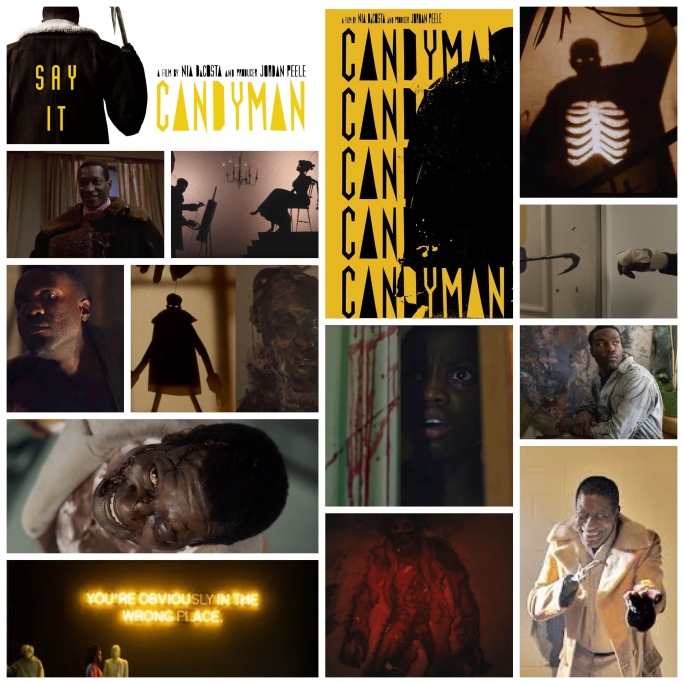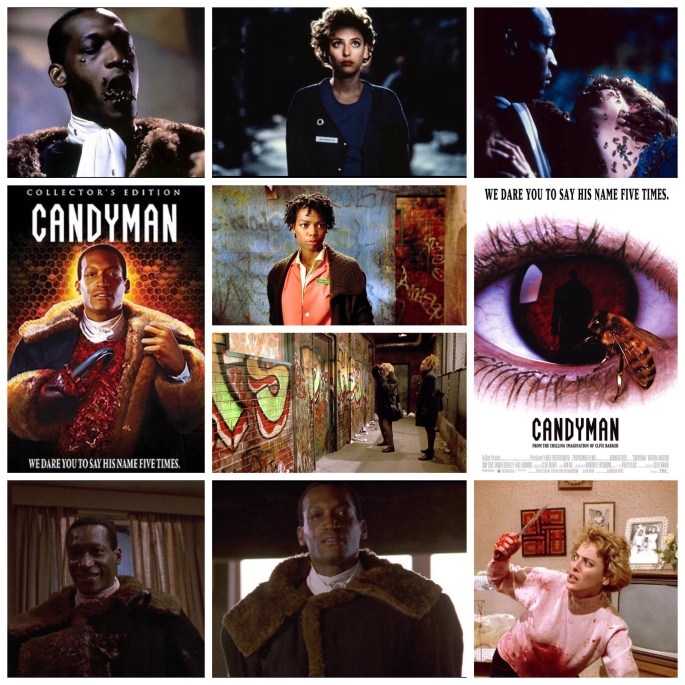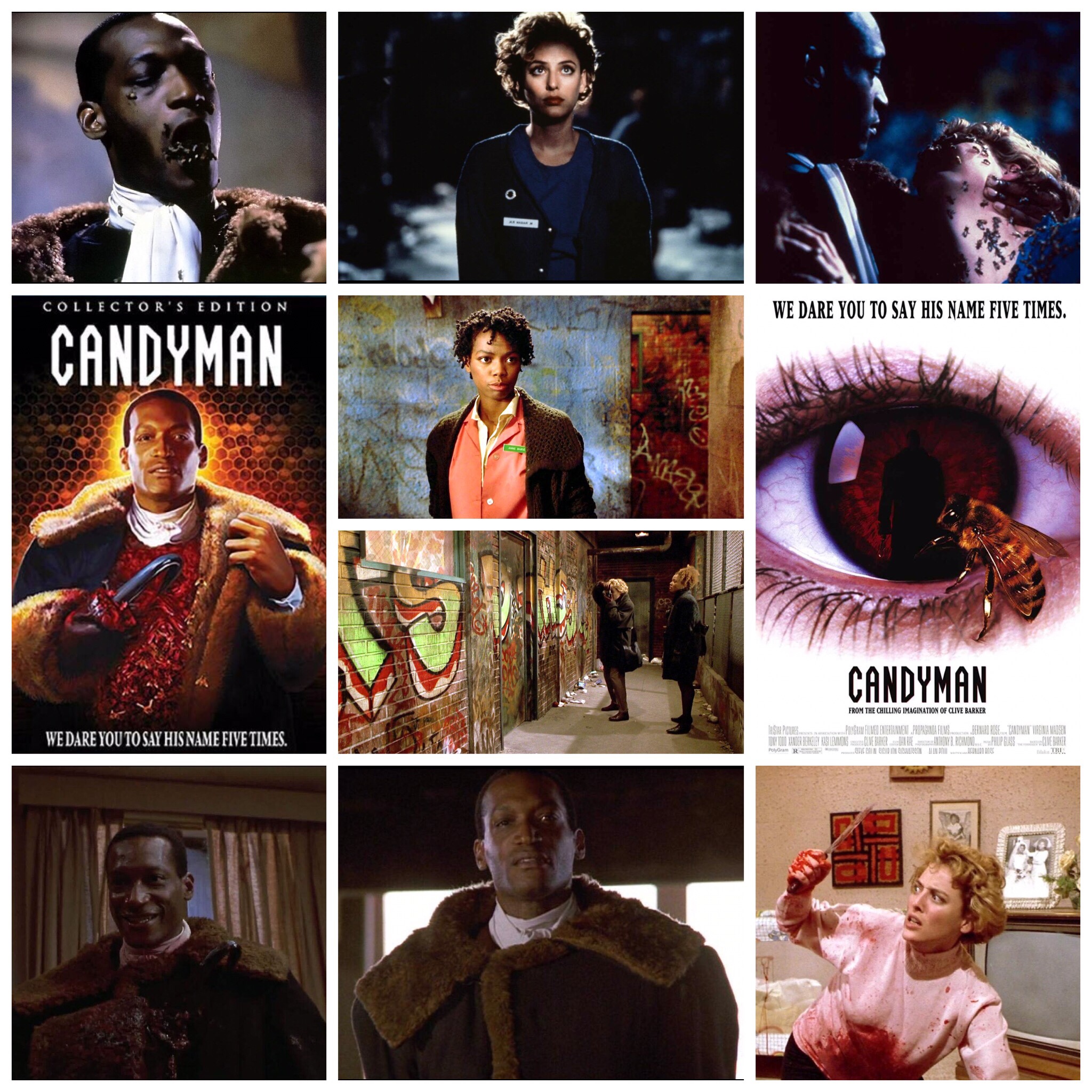
Urban legends have a way of living on decades after the actual events that inspired them, like ghosts of the past doomed to linger as long as the collective human consciousness remembers what happened, and spreads it by word of mouth. The original 1992 Candyman film is a minted horror classic that has only gotten better with age and still holds up in every respect to this day, a terrifying supernatural parable that covers classism, racism, the power of myth and the passing on of stories in a ritualistic fashion. So how does Nia DeCosta’s Candyman, a ‘spiritual’ sequel and decades later follow up compare to its inspiration? Well naturally it’s not quite as good, but it was never going to be, and it was also never going to be the exact same thing because the world has changed and along with it so has the grim Chicago project housing neighbourhood of Cabrini Green, once a derelict death trap and now a hilariously partially gentrified (we see a rundown laundromat sitting snug right next to an artisanal ‘roastery’) overrun with art world types, the horrors that befell it over twenty years ago now almost forgotten. Not quite though, as we see struggling artist Anthony (Yahya Abdul-Mateen II) catch wind of the Candyman events, now little more than a campfire story, and decide to investigate further in order to gain inspiration during an artistic dry spell where his successful girlfriend (Teyonah Parris) is supporting him financially. Naturally the more he learns the more his life unravels and pretty soon people are saying those magic words five times into mirrors and being viciously murdered by Candyman, albeit a different incarnation than Tony Todd’s iconic and darkly tragic Daniel Robitaille. He’s called Sherman Fields this time (played excellently by Michael Hargrove) and I gotta hand it to the guy, he’s pretty damn scary, in less baroque, theatrical fashion than Todd and instead a more animalistic, unstable way. The idea here is that Robitaille pioneered the dark necromancy that keeps the Candyman legend alive but there are also others, each with an appropriately unfortunate backstory, who fill the position. It’s a neat expansion into the mythos even if Todd himself gets sadly little to do here. The callbacks to the first are integrated well enough into this version of today so that it feels psychically linked to it without having outright sequel syndrome, which I suppose is what they mean by ‘spiritual sequel.’ Nia Decosta is a filmmaker to watch out for, she meticulously blocks actors and stages the killing scenes in ingeniously innovative ways using space, movement and reflection for some truly trippy and original sequences invoking settings like mirrored elevators, high rise apartments, high school washrooms and cavernous holes in dilapidated drywall. There’s also some beautiful shadow puppetry that fills in for flashbacks instead of ripping actual footage right from the 1992 version, which adds an elemental flourish and a terrific musical score by Robert Aiki Aubrey Love that echoes Phillip Glass’s achingly gorgeous original composition without aping it. There’s even some startlingly gruesome body horror thrown in that breaks new prosthetic ground and is… quite something to look at, or look away from depending on your tolerance. It ain’t the 1992 version and let’s face it, nothing will be. But it’s hell of a good horror film and a damn fine shoutout to a classic that’s in its own time capsule now, it illustrates how myth, legend and superstition live on no matter who forgets, dark forces like that have a way of finding their way home to the hallowed grounds where they were birthed, and this incarnation of Candyman is every bit as chilling and atmospheric as the first, albeit in different, fresh ways.
-Nate Hill


